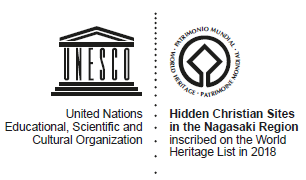 |
How many World Heritage sites are there in Japan? |
As of July 2019, 23 sites are listed in the UNESCO World Heritage List: 19 cultural and 4 natural properties.
The listed cultural properties are ‘Buddhist Monuments in the Horyu-ji Area’, ‘Himeji-jo’, ‘Historic Monuments of Ancient Kyoto (Kyoto, Uji and Otsu Cities)’, ‘Historic Villages of Shirakawa-go and Gokayama’, ‘Hiroshima Peace Memorial (Genbaku Dome)’, ‘Itsukushima Shinto Shrine’, ‘Historic Monuments of Ancient Nara’, ‘Shrines and Temples of Nikko’, ‘Gusuku Sites and Related Properties of the Kingdom of Ryukyu’, ‘Sacred Sites and Pilgrimage Routes in the Kii Mountain Range’, ‘Iwami Ginzan Silver Mine and its Cultural Landscape’, ‘Hiraizumi – Temples, Gardens and Archaeological Sites Representing the Buddhist Pure Land’, ‘Fujisan, sacred place and source of artistic inspiration’, ‘Tomioka Silk Mill and Related Sites’, ‘Sites of Japan’s Meiji Industrial Revolution: Iron and Steel, Shipbuilding and Coal Mining’, ‘The Architectural Work of Le Corbusier, an Outstanding Contribution to the Modern Movement’, ‘Sacred Island of Okinoshima and Associated Sites in the Munakata Region’, ‘Hidden Christian Sites in the Nagasaki Region’and ‘Mozu-Furuichi Kofungun Ancient Tumulus Clusters’.
The listed natural properties are ‘Yakushima’, ‘Shirakami-Sanchi’, ‘Shiretoko’, and ‘Ogasawara Islands’.
For more details, please access the web page of UNESCO World Heritage Centre. |
 |








